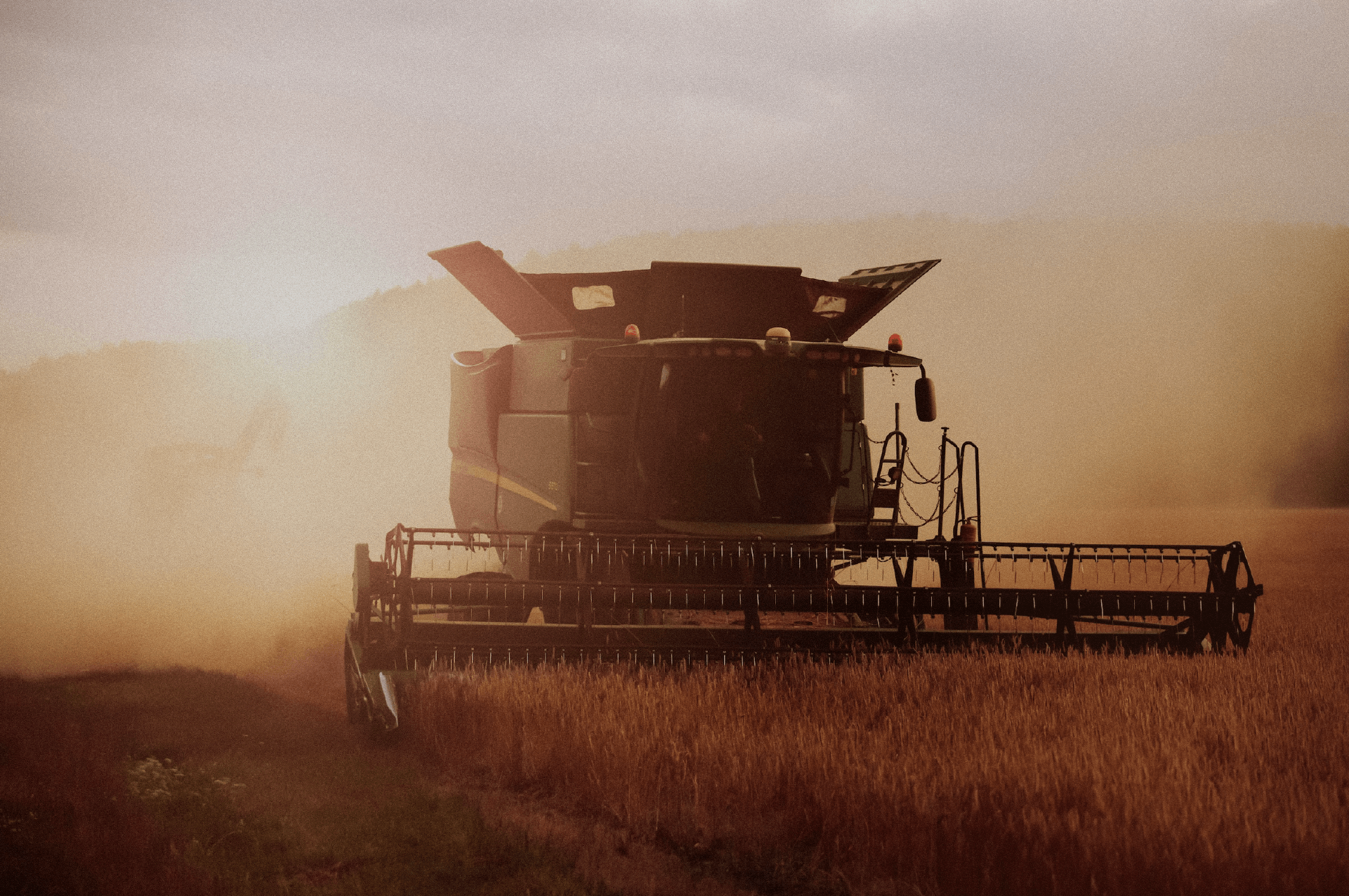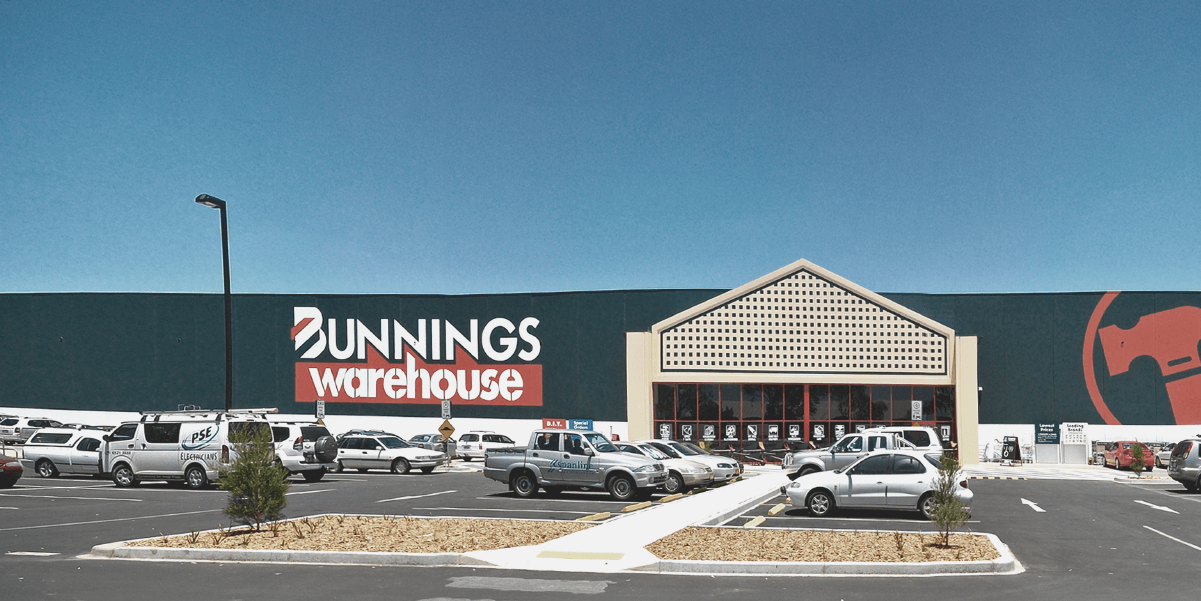
Under the Spotlight AUS: Wesfarmers (WES)
What do Priceline, Officeworks, CSBP, Kmart, Target Australia and Bunnings have in common? They’re all owned by Australia’s most successful conglomerate: Wesfarmers.

Wesfarmers was founded in 1914 by actual farmers to assist in growing and marketing their produce through cooperative action. Over the last 108 years, the company has outgrown its original mandate, allowing shareholders to be paid $1.1b in dividends (30% franked) in H1FY22 alone.
Like a smaller version of Berkshire Hathaway (NYSE: BRK.A), Wesfarmers’ success comes down to smart acquisitions and clever management. A perfect example is the Coles’ takeover and relisting (ASX: COL).
Betting on Coles
In 2007, Wesfarmers released a proposal to acquire Coles for $16.47 per share – $19b in total. Management believed its experience operating other Australian retail companies would reduce the supermarket’s inefficiencies through restructuring. But this acquisition did more than just change Coles. As a direct result of the takeover, the conglomerate’s hierarchy shifted, with Kmart and Target getting their own divisions.
Following a decade of ownership, management decided it was time to let Coles back onto the market. In November 2018, Coles demerged from Wesfarmers at a valuation of $20b. Despite the lacklustre return, Wesfarmers earned considerable profits while it controlled the company and initially kept a 15% ownership in Coles. It has since sold down its ownership to just 2.8% worth $653m (as of 08/09/2022) but has maintained a 50% ownership in Coles’ Flybuy program.

Dissecting a conglomerate
Today, Wesfarmers consists of eight key divisions generating $37b in revenue and $2.4b in Net Profit After Tax (NPAT) during FY22. The first and most important division is Bunnings, consisting of the Bunnings brands, Tool Kit Depot and Beaumont Tiles.
In FY22, the Bunnings division generated $18b in revenue, with growth of 5.1% year-on-year (YoY). Management considers this a ‘strong financial result’, a clear indication that Wesfarmers is not a growth stock. The company is investing significant resources to increase Bunnings’ efficiency through improved store layouts, a new web portal and additional products, to name a few. It seems to be working, with store-on-store sales increasing 4.8% in FY22. However, most Bunnings Warehouse buildings are owned by ASX-listed Real Estate Investment Trust (REIT) BWP Trust (ASX: BWP). As of FY22, Wesfarmers controlled 24.75% of the trust.
Kmart is the other primary earner for Wesfarmers, generating $9.6b in revenue in FY22. During the year, Wesfarmers continued converting Target stores into Kmart, which is why Target has joined catch.com.au as part of the Kmart division.
The remaining $9b in revenue was split between the six remaining divisions: chemicals, energy and fertilisers, Officeworks, industrial and energy, health, OneDigital and other activities.

Risks ahead
Wesfarmers is a diversified conglomerate, but its financial results live and die by the Bunnings division. According to management, Bunnings’ future earnings rely on renovation, building and DIY project demand. This is at risk if the economic climate shifts, particularly as the cost of raw materials continues to soar. So while FY22 was a solid result, there are a few potential bumps in the road ahead.
This does not constitute financial advice nor a recommendation to invest in the securities listed. The information presented is intended to be of a factual nature only. Past performance is not a reliable indicator of future performance. As always, do your own research and consider seeking financial, legal and taxation advice before investing.